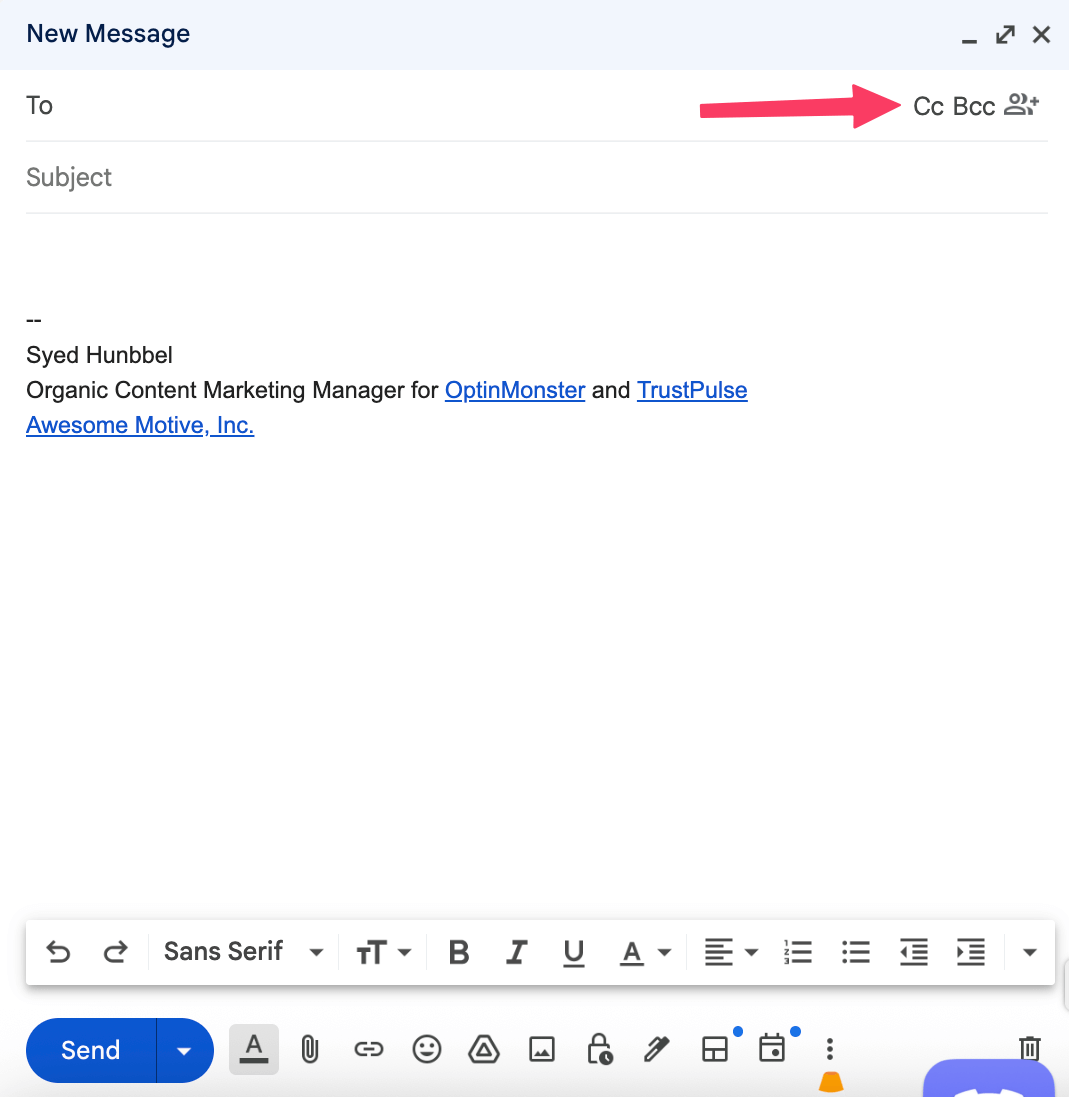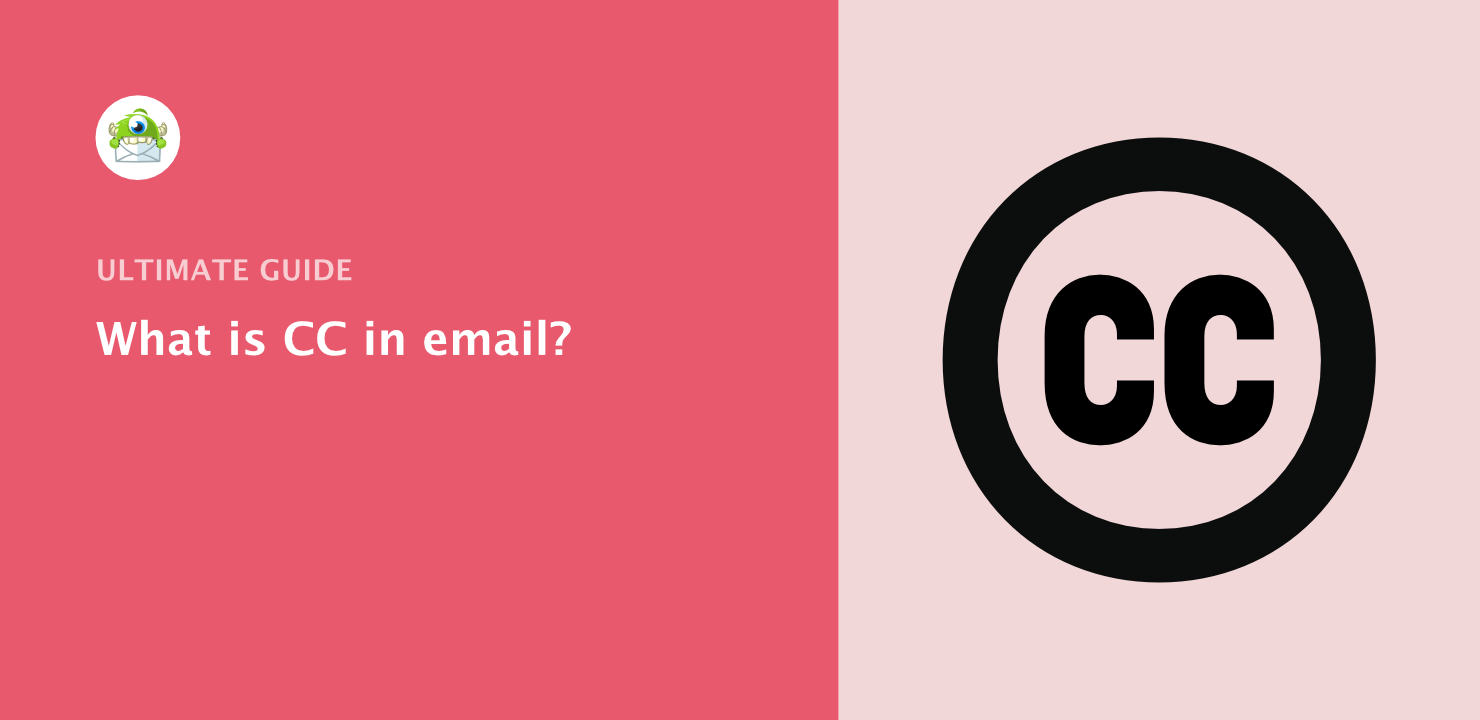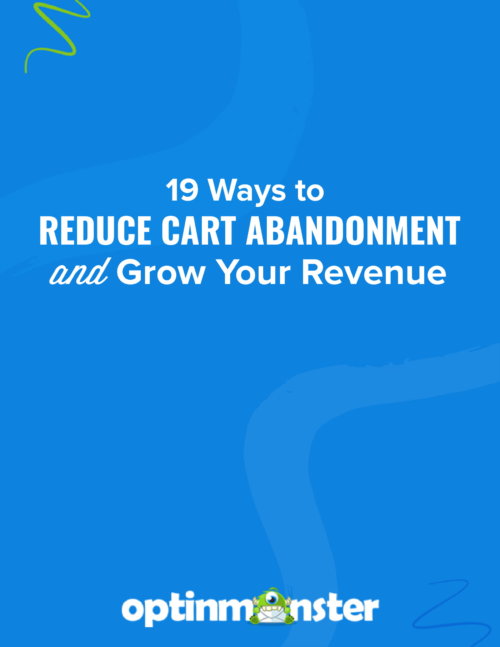CC is everywhere in email, yet many people aren’t sure exactly how it works.
This post explains what CC stands for, how to use it, when it’s best to avoid it, how it compares to BCC, and some best practices for getting it right.
What Is CC in an Email?
CC stands for “carbon copy” and is used to send a copy of an email to someone who isn’t the main recipient but still needs to be informed.
Everyone in the To and CC fields can see the email and who else received it.
The term comes from the days of typewriters, when carbon paper was used to duplicate letters. In email, CC serves as a transparent way to include secondary recipients.
When Should You Use CC in an Email?
Use CC when you want to keep someone informed without requiring them to take action.
For example:
- Sending a project update to a client and CC’ing your manager.
- Emailing a vendor and CC’ing a colleague for future follow-up.
- Sharing information with stakeholders for transparency.
When Should You Avoid Using CC?
Avoid CC when the person doesn’t need the information, when the content is sensitive, or when you’re trying to get their direct attention.
Instead of CC, use the To field for primary recipients or BCC for privacy. This keeps inbox clutter to a minimum and ensures your email reaches only those who need it.
Where to Find the CC Function in Email?
The CC option is usually right next to or under the To field in your email composer.
For example, in Gmail, you can find the “CC” link to the right of the To field.

In most mobile email apps, tap the arrow or “More fields” option to reveal CC.
Once the CC field appears, type the recipient’s email address, and they’ll get a copy of your message.
What’s the Difference Between CC and BCC?
CC is visible to all recipients; BCC is hidden.
When you CC someone, everyone can see they received the email. When you BCC someone, only they know they got it, but other recipients have no idea.
Use BCC when privacy is important, such as sending a newsletter to multiple subscribers.
Does CC Mean You Have to Reply?
Not necessarily.
Being CC’d usually means you’re included for awareness, not action. Unless the sender specifically asks for input, you can simply read and file the email. This helps prevent unnecessary “reply all” threads.
What Are Some Best Practices for Using CC?
- Be selective: CC only those who genuinely need the information.
- Protect privacy: Use BCC if you’re sharing email addresses with unrelated recipients.
- Minimize noise: Avoid creating large CC lists unless essential.
- Clarify expectations: Let CC’d recipients know if action is required.
Why Is CC Important for Business Communication?
CC helps maintain transparency, keeps records accessible, and ensures that the right people are informed without adding extra steps. In business, it’s a way to keep teams aligned and avoid miscommunication.
When used properly, CC can improve workflow and decision-making by making sure information is shared openly with the right stakeholders.
CC: Simple Tool, Big Impact
CC is a simple yet powerful email feature that, when used thoughtfully, improves communication and makes sure the right people stay informed. Overuse, however, can lead to inbox clutter and unnecessary noise.
If you want to go beyond the basics and build a high-quality email list that reaches the right audience every time, OptinMonster can help you create targeted campaigns that make every message count.










Add a Comment